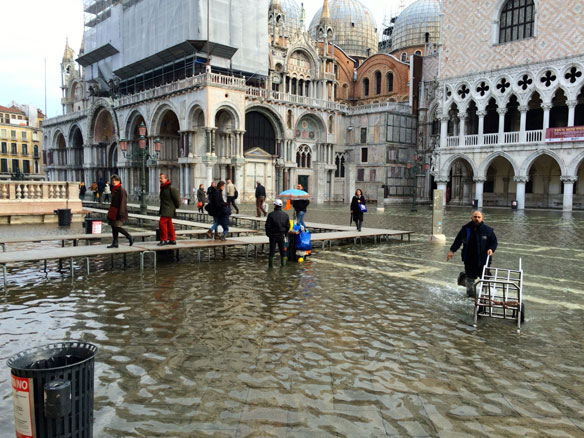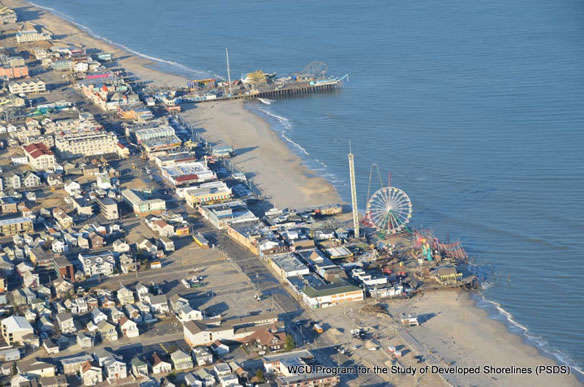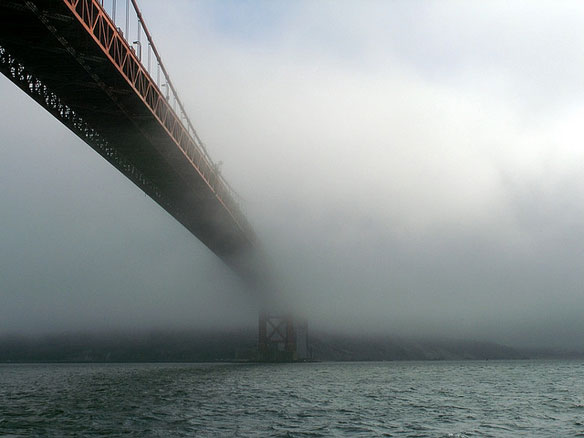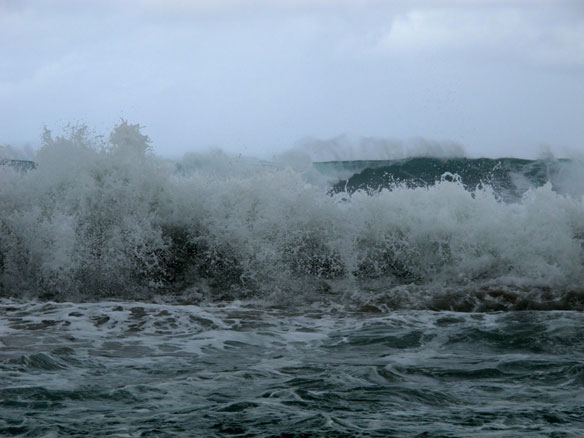Abrupt Sea Level Rise Looms As Increasingly Realistic Threat

Ninety-nine percent of the planet’s freshwater ice is locked up in the Antarctic and Greenland ice caps. Now, a growing number of studies are raising the possibility that as those ice sheets melt, sea levels could rise by six feet this century, and far higher in the next, flooding many of the world’s populated coastal areas.
Five Pacific islands vanish from sight as sea levels rise

Five of the Solomon Islands have been swallowed whole by rising sea levels, offering a glimpse into the future of other low-lying nations.
Atlantic City Gambles on Rising Seas, NJ

This city’s famous casinos are on high ground, while its poor are in the floodwaters’ path. The people still there “haven’t figured out a way to leave yet,” one lifelong resident says.
How much does groundwater contribute to sea level rise?

Groundwater extraction and other land water contribute about three times less to sea level rise than previous estimates, according to a new study. The study does not change the overall picture of future sea level rise, but provides a much more accurate understanding of the interactions between water on land, in the atmosphere, and the oceans.
A warning for Miami, Miami Beach

Scientists warn that we live in a “doomed city” in new book on climate change. “Retreat From a Rising Sea: Hard Choices in an Age of Climate Change,” is an effort to explain the science for a lay reader. It is clear and authoritative and for South Florida, it is urgent.
Facebook, Google campuses at risk of being flooded due to sea level rise

Technology giants including Facebook and Google face the prospect of their prestigious Silicon Valley headquarters becoming swamped by water as rising sea levels threaten to submerge much of the property development boom gripping San Francisco and the Bay Area.
Sinking Atlantic Coastline Meets Rapidly Rising Seas

Geological changes along the East Coast are causing land to sink along the seaboard. That’s exacerbating the flood-inducing effects of sea level rise, which has been occurring faster in the western Atlantic Ocean than elsewhere in recent years.
Website reveals which homes will be swamped by rising sea levels

For the first time, Australians can see on a map how rising sea levels will affect their house just by typing their address into a website.
Sea level rise threatens U.S. historic sites

Many of the most threatened sites in North America lie along the East Coast between Cape Hatteras, North Carolina, and southern Maine, where the rate of sea level rise is among the fastest in the world.
